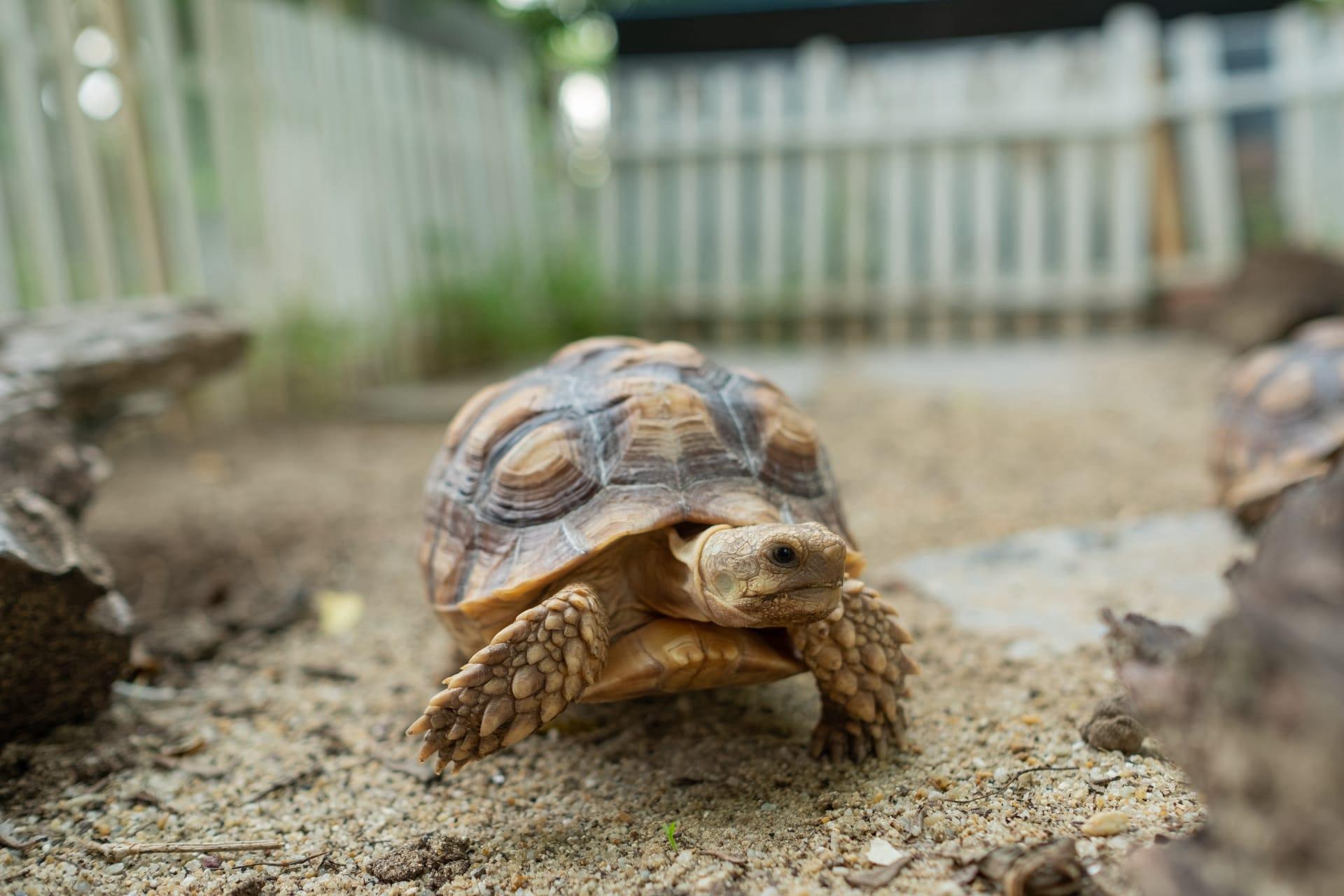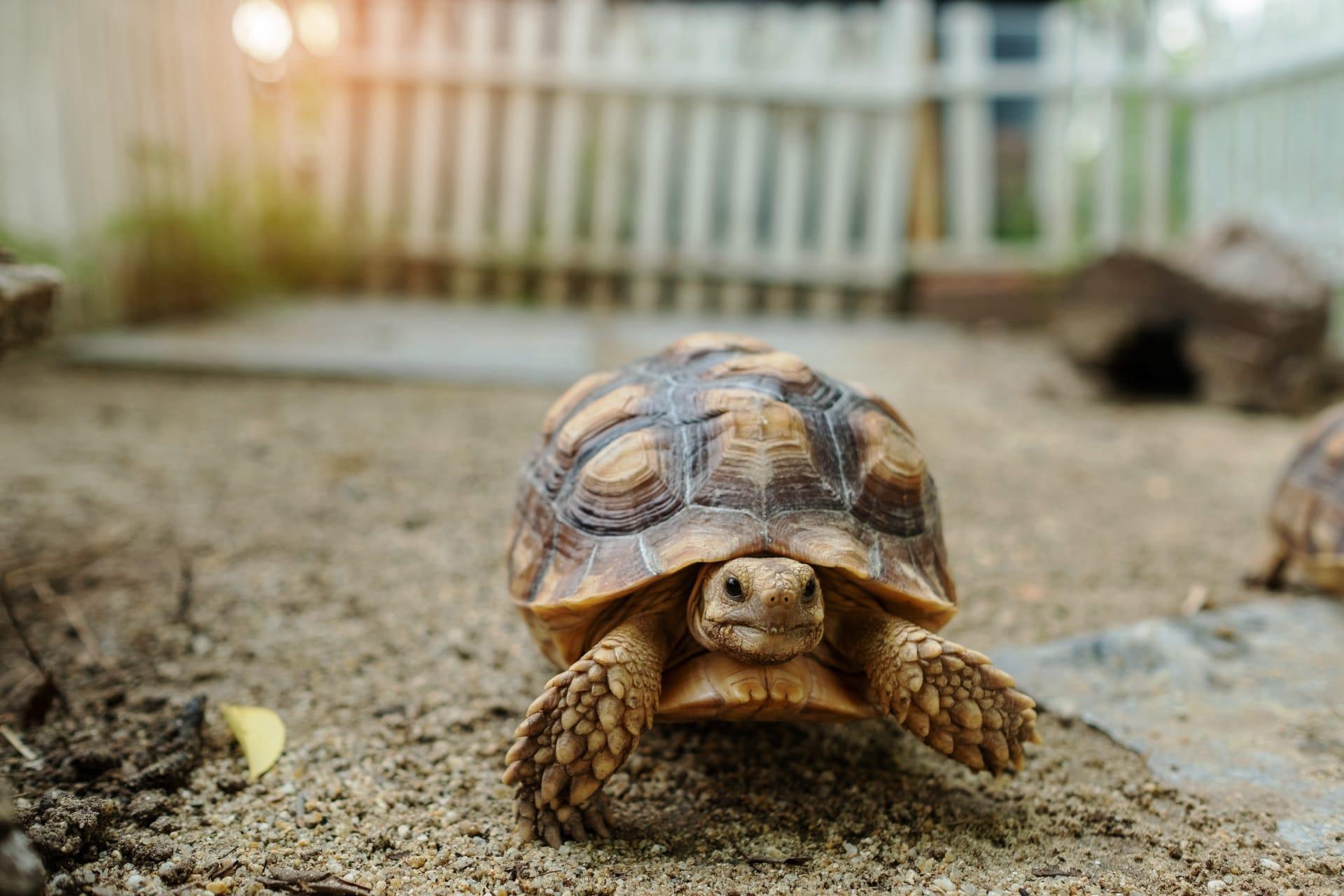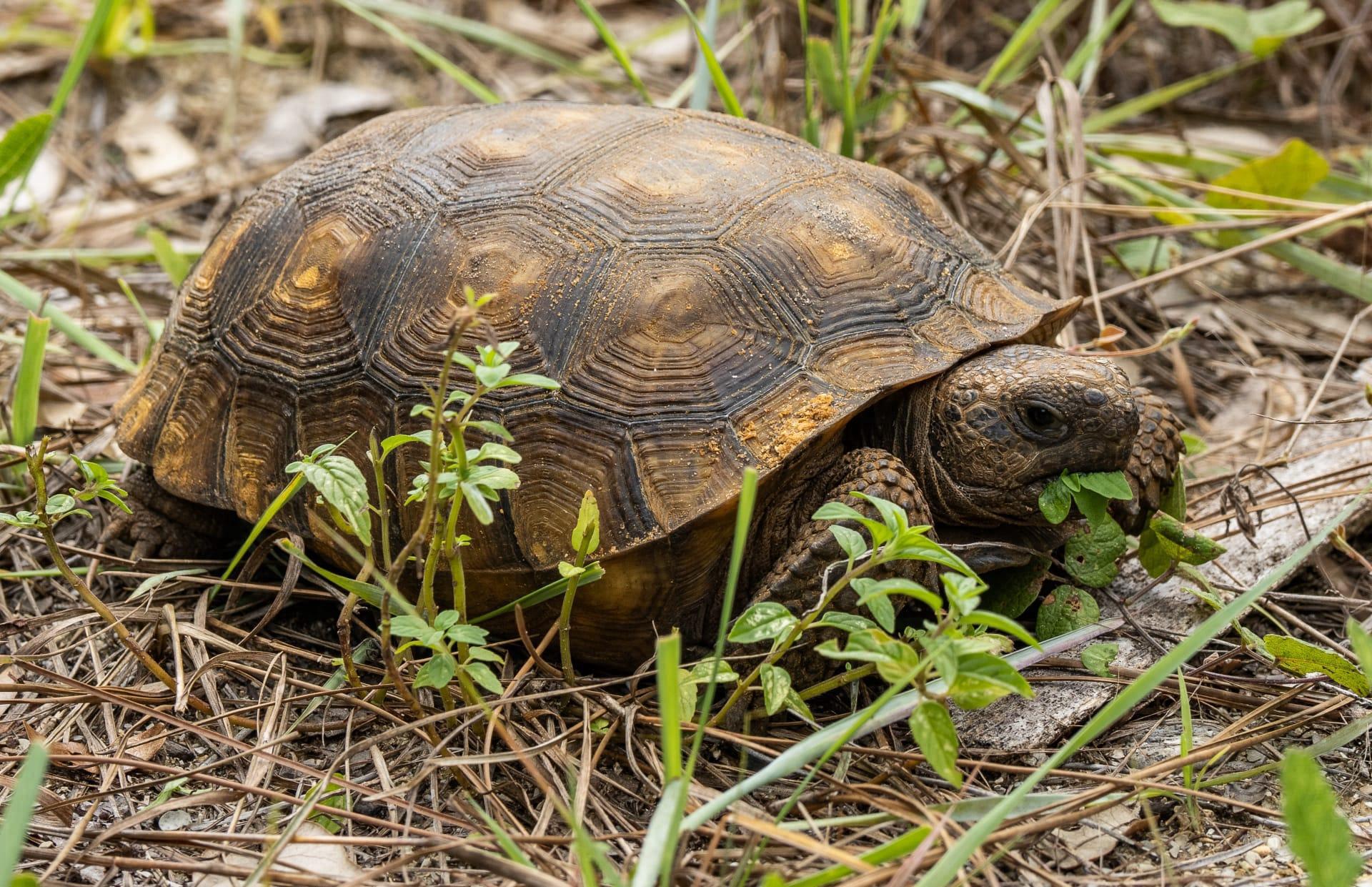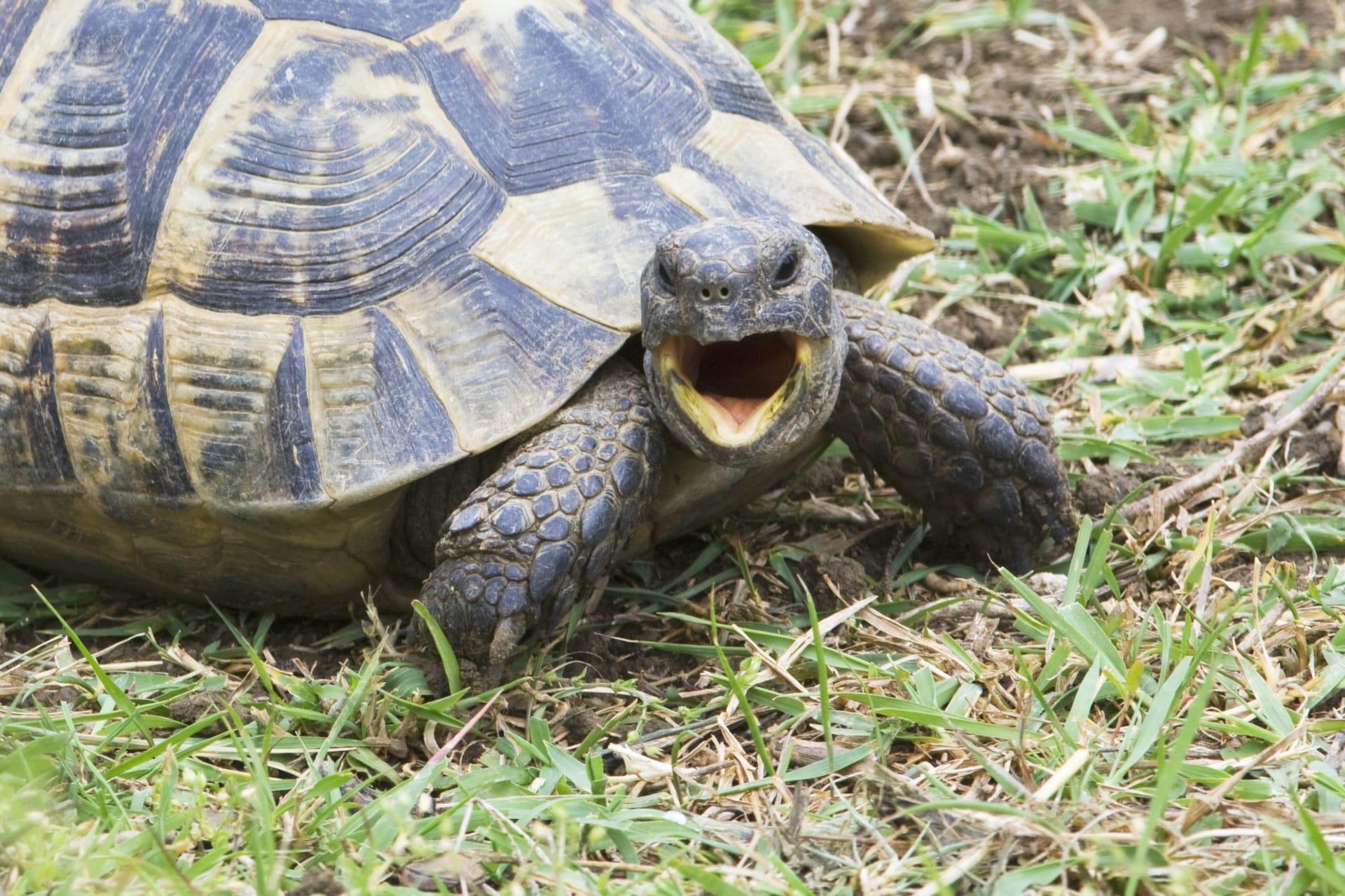Gopher Tortoise Characteristics
- Home /
- Mini Encyclopedia /
- Animal /
- Gopher Tortoise Characteristics
1
Gopher Tortoises, the gentle land dwellers of the southeastern United States, are a marvel of nature's design. These reptiles, with their sturdy, domed shells, average about 10 inches in height and can stretch up to 15 inches in length. Their weight can vary significantly, ranging from 8 to 15 pounds, depending on their habitat and diet. One of the most striking features of Gopher Tortoises is their longevity. These creatures often live for 40 to 60 years in the wild, with some individuals even surpassing the 80-year mark.
One of the Gopher Tortoise's most remarkable organs is its burrowing forelimbs. Adapted for digging, these forelimbs are powerfully built, with strong, flattened claws that resemble shovels. This unique adaptation allows Gopher Tortoises to create extensive burrow systems, which can be up to 40 feet in length and 10 feet deep. These burrows serve multiple purposes: they provide a cool, humid refuge from the heat, a safe haven from predators, and a nesting site for their eggs. Moreover, these burrows play a crucial ecological role, as they provide shelter for over 350 other wildlife species.

2
Question: Why do Gopher Tortoises spend so much time in their burrows?
Answer: Gopher Tortoises are primarily burrow dwellers for several reasons. Firstly, their burrows offer protection from the harsh weather conditions of their natural habitats, like extreme heat or cold. The temperature inside these burrows remains relatively constant, providing a comfortable living environment. Secondly, these burrows are a safe haven from predators. Gopher Tortoises are relatively slow-moving and cannot quickly escape danger. Therefore, their burrows serve as a secure retreat. Lastly, the burrows are vital for their survival during fires, which are common in their habitats. The burrows protect them from the flames and heat, ensuring their safety.

3
When it comes to movement, Gopher Tortoises are not the fastest animals, but they are certainly efficient. They move at a steady, deliberate pace, using their strong, stumpy legs. These tortoises can travel up to 0.5 miles per day in search of food, mates, or new burrowing sites. Despite their slow speed, they are adept at navigating their terrain, often traversing sandy soils, grasslands, and pine forests.
As herbivores, Gopher Tortoises have a diet that mainly consists of low-growing plants. They feed on a variety of grasses, fruits, and leaves, with a particular fondness for legumes and broadleaf plants. Their feeding strategy is simple yet effective: they graze slowly, consuming whatever vegetation is available in their immediate surroundings. This feeding habit contributes to their role as ecosystem engineers, as their grazing helps maintain the health and diversity of their habitats.

4
Gopher Tortoises are primarily found in the longleaf pine forests, oak sandhills, and coastal dunes of the southeastern United States. These habitats provide the dry, sandy soils ideal for burrowing. Additionally, the open canopy of these forests allows sunlight to reach the ground, fostering the growth of the grasses and herbs that form the bulk of the tortoise's diet.
Reproduction in Gopher Tortoises is a slow process. They reach sexual maturity at about 10-20 years of age. Females lay a clutch of 3-15 eggs in a sandy mound near the entrance of their burrow. The eggs incubate for about 80-100 days. Hatchling survival rates are low due to predation and habitat loss, making each successful birth crucial for the species' conservation.

5
Book: "The Gopher Tortoise: A Life Story" by Elliott Jacobson and Dawn Wilson. This book, published in the United States in 2005, offers a comprehensive look at the life of the Gopher Tortoise. Jacobson, a renowned herpetologist, and Wilson, a wildlife biologist, combine their expertise to provide insights into the biology, behavior, and conservation of this species. The book details the tortoise's habitat, diet, and the challenges it faces in the modern world.
Book: "Gopher Tortoise: The Survivor of the South" by Patricia Sawyer and J. Whitfield Gibbons, published in 1992 in the United States. This book delves into the fascinating world of the Gopher Tortoise, focusing on its survival strategies and ecological importance. The authors, both respected in the field of wildlife biology, explore the tortoise's unique adaptations and the role it plays in its ecosystem. The book also highlights the conservation efforts needed to protect this keystone species.